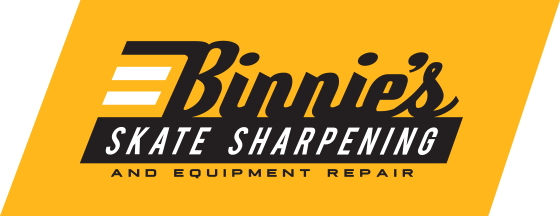Pro's Corner: Inline Skate Maintenance
It’s the summer and the heart of the off-season, so that means it’s time to break out the inline skates if you haven’t already. There are many different types of inline skates, but most need similar care and maintenance to keep your wheels rolling.
WHEELS
One of the first things to check on your skates are your wheels. The condition of your wheels is critical to your balance, agility, speed, and control. Check to make sure your wheels are not worn too far, the rubber is not cracking, and that it is not pulling away from the hub. If it’s been a while since you’ve used your skates – quarantine has people tying things they haven’t tried in a while – it might be best to start with a fresh set of wheels, just in case.
When choosing wheels, choosing the correct size is important but you also need to consider the hardness. If you’re planning on skating on your neighborhood street, a paved trail, or near-by parking lot, we’d recommend using a harder wheel, rated 80A or higher. The harder wheels won’t wear down as fast and still give you plenty of traction. If you’re skating on concrete or really perfect blacktop, you can drop down to a 78A or 76A rating. For sport court or other similar synthetic surfaces designed for inline hockey it is best to have a softer wheel giving you optimal traction.
BEARINGS
Clean, smooth running bearings are a critical element to keeping you rolling. Inline bearings come in ABEC ratings. To check your bearings, first pull the wheels from your inline chassis and grip it on each side with your thumb and index finger. Spin the wheel and notice if there is any slowness or hesitation in the spin or if you can feel any grinding. This is usually an indication that your bearings need to be cleaned and re-lubricated. To do this, get an inline-specific bearing cleaning kit and follow the directions for cleaning. Usually it will take two treatments. If your bearings don’t come clean, or you feel more comfortable getting a new set, Binnie’s Skate Sharpening & Equipment repair, recommends using an ABEC7 or higher bearing for optimal performance.
BOOTS
Much like an ice skate, the boot should not buckle over when you shift your weight left to right. Similarly, your skates should not cause you pain or discomfort. If this is occurring, you should invest in a new pair of skates. Check over the smaller details of your skates as well, such as eyelets and laces. From sitting for long periods of time and also from use, eyelets can become loose or worn and laces can dry out and break.
CHASSIS
The chassis on an inline skate is similar to the blade holder on a hockey skate. If your chassis is riveted to the bottom of your boot (most common) check over the rivets to make sure they are all there and not loose. If your chassis wiggles on the boot, bring it in right away to have the rivets replaces. Also hold your skate upside down and look across the length of the chassis for any dents or bowing. A bent chassis needs to be replaced for best performance and life of your skates. If your chassis is molded to the boot (older, typically recreational skates, and not common) look for cracks. If your boot or chassis is cracked, you will need new skates.
If you need a new chassis installed or rivets replaces, Binnie’s can install any chassis you bring us, including the Mars Blade rocker chassis, and replace worn or missing rivets to give you that fresh-ice feel to your wheels.
INLINE SERVICES (CONTACT FOR PRICES):
Boot Reconditioning – check boot for damage/wear, replace worn/missing rivets, replace laces, replace worn/missing eyelets
Rivet Replacement – Replace worn/missing rivets
Eyelet Replacement – Replace worn/missing eyelets
Chassis Replacement – Swap current chassis with new chassis you provide
Replace Wheels/Bearings – Swap out wheels and/or bearings with ones you provide

